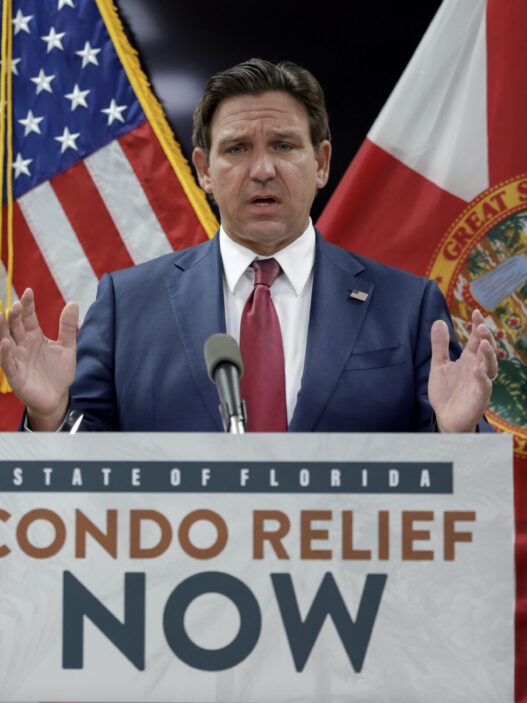Utah voters delivered a stark message in recent municipal elections, ousting incumbent mayors across the state from Provo to St. George. While media coverage focused on local controversies, the deeper story reveals a fundamental governance problem: local elected officials are increasingly caught between aggressive state housing mandates and the legitimate concerns of their constituents.
The State’s Ambitious Targets
Utah’s Housing Strategic Plan makes the scope of state expectations crystal clear. The plan calls for hundreds of thousands of new housing units by 2033 to meet projected demand, with Governor Cox setting a personal target of 150,000 new units by December 2028, including 35,000 starter homes and 40,000 new homes in “regional centers.”
The plan includes specific “incentives” designed to pressure local compliance, including leveraging existing state funding programs to “offer priority to cities that are implementing the state’s housing priorities of starter homes, station area plans, missing middle housing, and condominiums”.
Mandates Disguised as Incentives
Consider the position of a typical Utah mayor and staff reviewing this plan. Tactic 6 proposes using transportation funding, outdoor recreation grants, economic development grants, and water infrastructure grants as leverage to force local zoning changes. Cities that resist face potential funding cuts for essential services.
The plan also calls for requiring cities to allow detached accessory dwelling units (ADUs) statewide, with only “reasonable considerations for infrastructure capacity, parking, public safety and health”. This language sounds moderate until you realize it strips local communities of the authority to determine what housing types fit their character and infrastructure capacity.
Even more concerning, the plan recommends amending state land use law to “clearly emphasize housing production and affordability as primary goals of land use regulations”. This fundamentally reorders local priorities, subordinating traditional municipal concerns like traffic management, infrastructure capacity, and neighborhood compatibility to state housing targets.
The Metrics Trap
The Housing Strategic Plan establishes an extensive monitoring system to track local compliance. Cities will be required to report on everything from “approval times” for development applications to the “number of housing units within areas designated as city or town centers” .
This creates a surveillance apparatus where state officials can identify communities that are not meeting housing targets and apply pressure accordingly. The plan specifically calls for tracking “the amount of time from a completed development application to the issuance of a building permit by project type”, effectively monitoring how quickly cities approve projects regardless of legitimate concerns about infrastructure or community impact.
The Infrastructure Reality
Perhaps most telling is the plan’s acknowledgment that “many thousands of housing units have been entitled by local governments, but have not yet been constructed due, in part, to infrastructure deficiencies”. Yet rather than addressing infrastructure first, the state pushes for more approvals while promising to maybe help with infrastructure later through revolving loan funds.
Local officials understand that approving housing without adequate water, sewer, and transportation infrastructure creates long term problems for their communities. But the state’s approach treats infrastructure as an afterthought to housing production targets.
The Impossible Choice
Local elected officials now face an impossible choice. They can implement state housing mandates and face voter backlash for changing community character, straining infrastructure, and ignoring resident concerns. Or they can represent their constituents’ preferences and risk losing state funding for essential services.
Local Control Under Siege
Utah built its reputation on subsidiarity, the principle that decisions should be made at the most local level possible. The Housing Strategic Plan abandons this principle in favor of top-down mandates that treat local communities as implementation arms of state policy rather than self-governing entities.
The plan’s guiding principle of “Prioritize Collaboration Over Preemption” rings hollow when the same document outlines dozens of ways to pressure, monitor, and financially coerce local compliance with state housing targets.
A Better Path Forward
Utah’s housing challenges are real, but the solution is not to override local democracy with state mandates. Communities that want to accommodate growth should have the tools and support to do so effectively. Communities that prefer to manage growth differently should have that authority respected.
The recent municipal election results reflect a fundamental misunderstanding of modern municipal governance. Voters are frustrated with legitimate concerns: housing costs, traffic, and rapid change, but they are directing their anger at local officials who have limited power to address these state driven challenges.
These mayors were not ignoring their constituents. They were trying to balance community preferences with state mandates, federal requirements, and infrastructure realities that most residents never see.
Utah’s local officials deserve recognition for managing impossible situations, not replacement for failing to solve problems created by state policy.

Lance Haynie is a public affairs professional with over two decades of experience in government relations, risk management, policy development, and strategic leadership. He has worked with local, state, and federal partners to advance practical, results-driven solutions that strengthen communities and improve how government serves the people it represents.
A Republican who believes government should remain limited, focused, and accountable, Lance draws on experience in both the public and private sectors to advocate for policies that promote freedom, responsibility, and individual opportunity. His writing explores the intersection of policy, leadership, and community success with a focus on responsible governance, local control, and solutions that empower people rather than institutions.






















Articles written by Lance Haynie are licensed under a Creative Commons Attribution-NonCommercial-ShareAlike 4.0 International License.
The views and opinions expressed are those of Lance Haynie, and do not represent the official position of his employer or any affiliated organization.